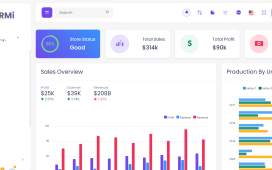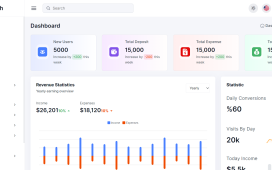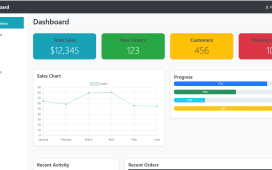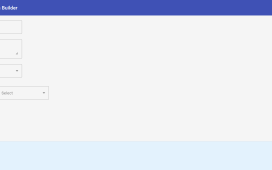Creating a video application in Angular involves several steps, including setting up the Angular 17 project, integrating video playback capabilities, and possibly handling video uploads and storage if your application requires it. Here’s a basic guide to get you started:
1. Setting Up the Angular Project
First, ensure you have Node.js and the Angular CLI installed. Then, create a new Angular project:
ng new video-app cd video-app
2. Install Dependencies
Depending on your application’s needs, you might need additional packages, such as a video player library. ngx-videogular is a popular choice for Angular projects:
npm install @videogular/ngx-videogular
3. Create Video Playback Component
Generate a new component for video playback:
ng generate component video-player
4. Add Video Player to Your Component
In your video player component (video-player.component.html), you can use the VgPlayer module to embed a video player. Here’s an example using a local video file:
<vg-player>
<vg-media vg-src="path/to/your/video.mp4" vg-type="video/mp4"></vg-media>
<vg-controls>
<vg-play-pause></vg-play-pause>
<vg-time-display>{{ currentTime | date:'mm:ss' }}</vg-time-display>
<vg-scrub-bar>
<vg-scrub-bar-current-time></vg-scrub-bar-current-time>
</vg-scrub-bar>
<vg-time-display>{{ timeLeft | date:'mm:ss' }}</vg-time-display>
<vg-fullscreen></vg-fullscreen>
</vg-controls>
</vg-player>
5. Configure the Module
In your app module file (app.module.ts), import the VgCoreModule, VgControlsModule, VgOverlayPlayModule, and VgBufferingModule from @videogular/ngx-videogular and add them to the imports array:
import { VgCoreModule } from '@videogular/ngx-videogular/core';
import { VgControlsModule } from '@videogular/ngx-videogular/controls';
import { VgOverlayPlayModule } from '@videogular/ngx-videogular/overlay-play';
import { VgBufferingModule } from '@videogular/ngx-videogular/buffering';
// other imports...
@NgModule({
declarations: [
// other declarations...
VideoPlayerComponent
],
imports: [
// other modules...
VgCoreModule,
VgControlsModule,
VgOverlayPlayModule,
VgBufferingModule
],
providers: [],
bootstrap: [AppComponent]
})
export class AppModule { }
6. Run Your Application
ng serve
Navigate to http://localhost:4200/ to see your video player in action.
Further Considerations
- Video Storage & Uploads: If your app requires users to upload videos, consider integrating a backend service or cloud storage (like Firebase, AWS S3) to handle uploads and storage.
- Advanced Features: For more complex features like video editing, live streaming, or custom controls, you’ll need to integrate or develop additional functionalities.
- Security: Ensure you implement proper security measures, especially if handling user uploads to prevent malicious content distribution.
This guide provides a starting point. Depending on your application’s requirements, you may need to explore more detailed documentation and tutorials for each tool or library you decide to use.







Recent Comments